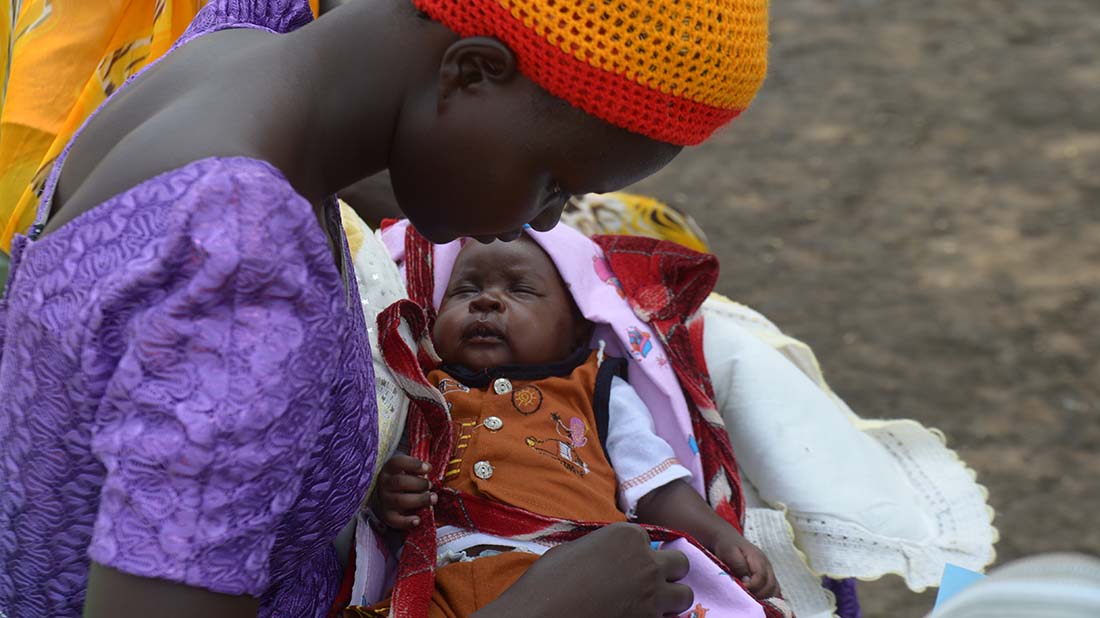
By Allyson Bear and William Moss
The year is 1952 and hysteria is sweeping across the United States. What is everyone afraid of?
Polio.
That year, the disease targeting mostly children sickened nearly 58,000 Americans, killed more than 3,000 and left more than 20,000 victims with mild to disabling paralysis. That summer, at the height of the epidemic, public pools were closed, movie theaters were shuttered and infected children were placed under quarantine – involuntarily, if necessary.
A decade later, the average number of polio cases in this country dropped to about 900 per year. In another decade, polio was eliminated from the United States.
What caused polio to vanish? Vaccination. Globally the cases of polio have been reduced by 99 percent, thanks to the polio vaccine, only occurring in three countries: Afghanistan, Nigeria and Pakistan. Only 33 cases of wild-polio virus infection were identified globally in 2018.
Immunization is a medical miracle that is key to the steady progress in fighting the world’s communicable diseases. Each year immunizations prevent more than 2.5 million deaths just through the vaccination against four diseases: diphtheria, tetanus, pertussis (DTP) and measles.
As we mark World Immunization Week, there is a lot to celebrate. But complacency is a danger. There is still a lot of work to do. The World Health Organization notes that there are still 20 million unvaccinated and under-vaccinated children in the world today. And as we are seeing here in the United States with the spike in measles, largely due to the decision of parents not to vaccinate their children, the progress we’ve made can always be lost.
The benefits of immunization are multifaceted. On the individual level, they improve general health by preventing disease. But they also contribute to children’s overall development by avoiding illnesses that would impair cognitive ability and physical strength and would keep them from attending school for long stretches. On a community level, preventing disease avoids the lost productivity, both for the patient and the caregiver.
In addition, immunization provides an opportunity for children and their families to avail themselves of primary health services several times during a child’s first years of life. Immunization outreach efforts provide health professionals with opportunities to reach communities with other services, including malaria prevention, prenatal and neonatal healthcare, and sexual and reproductive health and education, among others.
Immunization programs also bring benefits to a community’s health system. Health workers receive training that stays with the community. And because some vaccines must be kept below a certain temperature to stay effective, developing the infrastructure and logistics to ensure cold storage improves the health system in ways that have wider benefits.
Administering a national immunization program in the developing world provides some significant challenges, which makes the progress achieved all the more astounding. Many of the poorest and most vulnerable people in developing countries live in rural areas, requiring long journeys from urban areas over poor or nonexistent roads. In many of these isolated areas, there are few or no hospitals, let alone health clinics and health care workers to administer vaccines. Resources are needed to build or strengthen the health care system to reach these communities.
Armed conflict is another barrier to immunization. Wars and civil unrest present dangerous conditions for health care workers and the people they are trying to serve. And conflict is driving people to leave their homes and communities in one of the highest levels of forced migration ever recorded, making consistent health care delivery extremely difficult.
Despite these challenges, the goal of drastically reducing or eliminating some of the world’s most deadly diseases is a possibility. According to recent WHO data, about 85% of infants worldwide had received the required three doses of the immunization against diphtheria, tetanus and pertussis (known as the DTP3), and 123 countries had reached at least 90% coverage of DTP3 vaccine.
Progress has also been encouraging against measles, a potentially fatal disease whose crippling effects have faded from memory in the U.S. Worldwide, 85% of children had received one dose of measles vaccine by their second birthday, and 67% of children received two doses.
But now is not the time to revel in what we have achieved, as impressive as it is. As we see with the current measles epidemic in this country, complacency has dire effects. We must redouble our efforts, when the goals of elimination or even eradication of some of the most lethal and crippling diseases – unthinkable in the recent past – are in sight.
Allyson Bear is the vice president for health programs at IMA World Health and Lutheran World Relief and William Moss is executive director of the International Vaccine Access Center, Johns Hopkins Bloomberg School of Public Health.

Founded in 1960, IMA World Health is a global, faith-based nonprofit that works with communities to overcome their public health challenges.
WRITE US
IMA World Health
1730 M Street, NW, Suite 1100
Washington, DC 20036
Get directions
EMAIL US
@email
CALL US
202-888-6200


